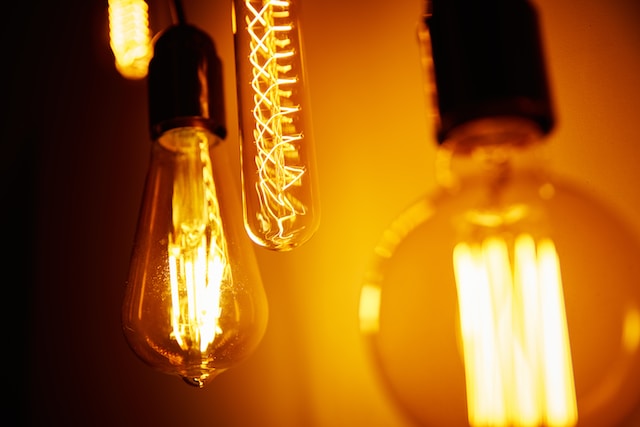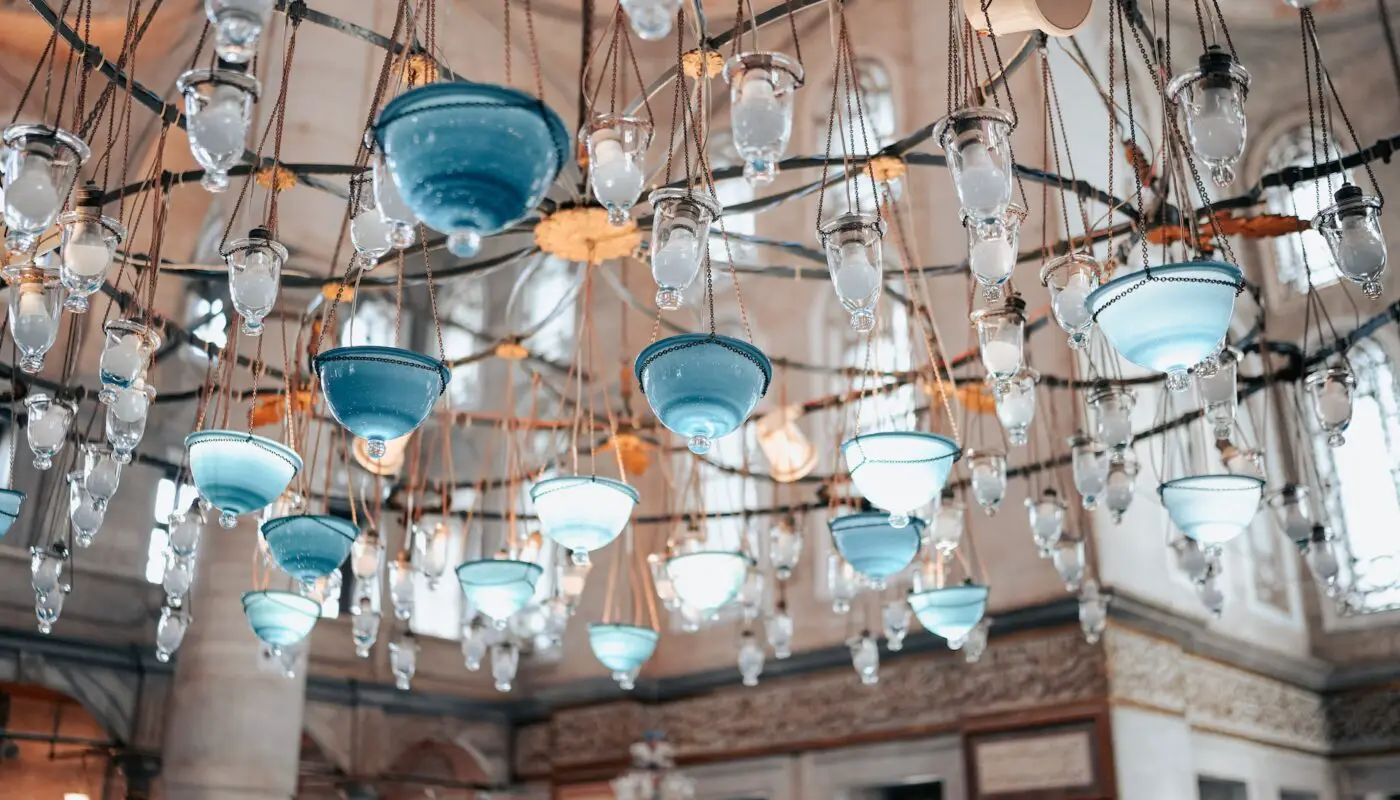Plastic Lighting Design is not just a trend; it’s a revolution in how we light up our lives. From the robustness of Perspex to the allure of eco-friendly options, this article sheds light on the myriad benefits that plastic brings to the table. As we navigate through the nuances of this material, we’ll see how it’s reshaping the future of lighting design.
Offering designers a plethora of advantages, plastic materials like Perspex are revolutionizing the way we light up our spaces. Here’s an insight into the myriad benefits of using plastic in lighting design.
1. Durability and Longevity

Plastics have emerged as a popular material choice for various applications due to their exceptional properties. One of the key advantages of plastic materials is their strength and resilience, which make them less likely to break or shatter compared to traditional materials like glass.
When it comes to lighting designs, the durability of plastics can be particularly beneficial. Fixtures made from plastic materials are less prone to damage, reducing the need for frequent replacements. As a result, businesses can save on maintenance costs and enjoy a longer lifespan for their lighting systems.
Furthermore, plastic materials are lightweight and easy to handle, making them cost-effective for manufacturers and installers. They can also be easily molded into various shapes and sizes, providing designers with greater flexibility and creativity in their designs.
In addition to these benefits, plastic materials are also known for their resistance to chemicals, UV light, and moisture, making them an excellent choice for outdoor lighting and other applications where exposure to the elements is a concern.
Overall, the use of plastic materials in lighting designs can offer significant advantages in terms of cost, performance, and lifespan.
2. Flexibility in Design
Plastics, due to their malleability and ease of molding, open up possibilities for designers. Unlike rigid materials, plastics can be crafted into intricate designs, allowing creative freedom. Whether it’s avant-garde chandeliers or sleek contemporary floor lamps, the adaptability of plastics is unparalleled.
3. Efficient Light Diffusion
Perspex lighting materials stand out as they can diffuse light in a manner that is soft yet effective. The natural translucence of certain plastics helps to spread light uniformly, minimizing harsh shadows and reducing glare. This creates a pleasant ambiance, enhancing the overall mood of a space.
Furthermore, plastics can be modified to achieve varying levels of transparency, providing designers with options to customize the light’s intensity and spread.
4. Cost-Effectiveness
Regarding manufacturing and production costs, plastics often come out on top. Their relatively low production costs make them a cost-effective choice for the bulk production of lighting fixtures. In addition, the reduction in maintenance and replacement costs, as mentioned earlier, further elevates plastics as a cost-saving material in lighting design.
5. Eco-Friendly Variants
The concern surrounding plastics has often been their environmental impact. However, with advancements in technology, many eco-friendly plastic variants have emerged.
Bioplastics, for instance, are made from renewable resources and can be biodegradable, addressing the issue of environmental harm. Lighting designers can now choose from a range of environmentally friendly plastics to ensure their designs are not only beautiful but also sustainable.
6. Light Weight and Portability
Traditional materials such as metal and glass can be heavy, making installing and relocating lighting fixtures a cumbersome task.
Plastics, on the other hand, are inherently lightweight. This characteristic ensures that lighting fixtures from plastics are easier to install, move, and transport. This ease and portability are especially beneficial for events or temporary installations, where swift setups and take-downs are essential.
7. Resilience to External Factors
The plastic lighting design has an inherent resistance to external factors like UV rays, moisture, and temperature fluctuations. This quality makes them an excellent choice for outdoor lighting fixtures. Be it garden lights or porch lanterns, plastic-based lighting can withstand the elements, ensuring longevity and consistent performance even in challenging environments.
Final Thoughts on Plastic Lighting Design
The world of lighting design is evolving, with innovative materials like plastics paving the way for a brighter and more efficient future. Their myriad advantages, from durability to design flexibility, make them a top choice for designers aiming to illuminate spaces with style, efficiency, and functionality.
As the industry continues to innovate, it’s clear that plastics will play a pivotal role in shaping the future of lighting design.
Related Reading

The Best Portable Generators for Emergency Preparedness
Immersive Viewing Experience – The Latest Display Technologies in TVs
Affordable Ways to Modernize Your Home
Custom Built Home Design Trends – 8 Inspiring Ideas for a Modern and Stylish Residence



